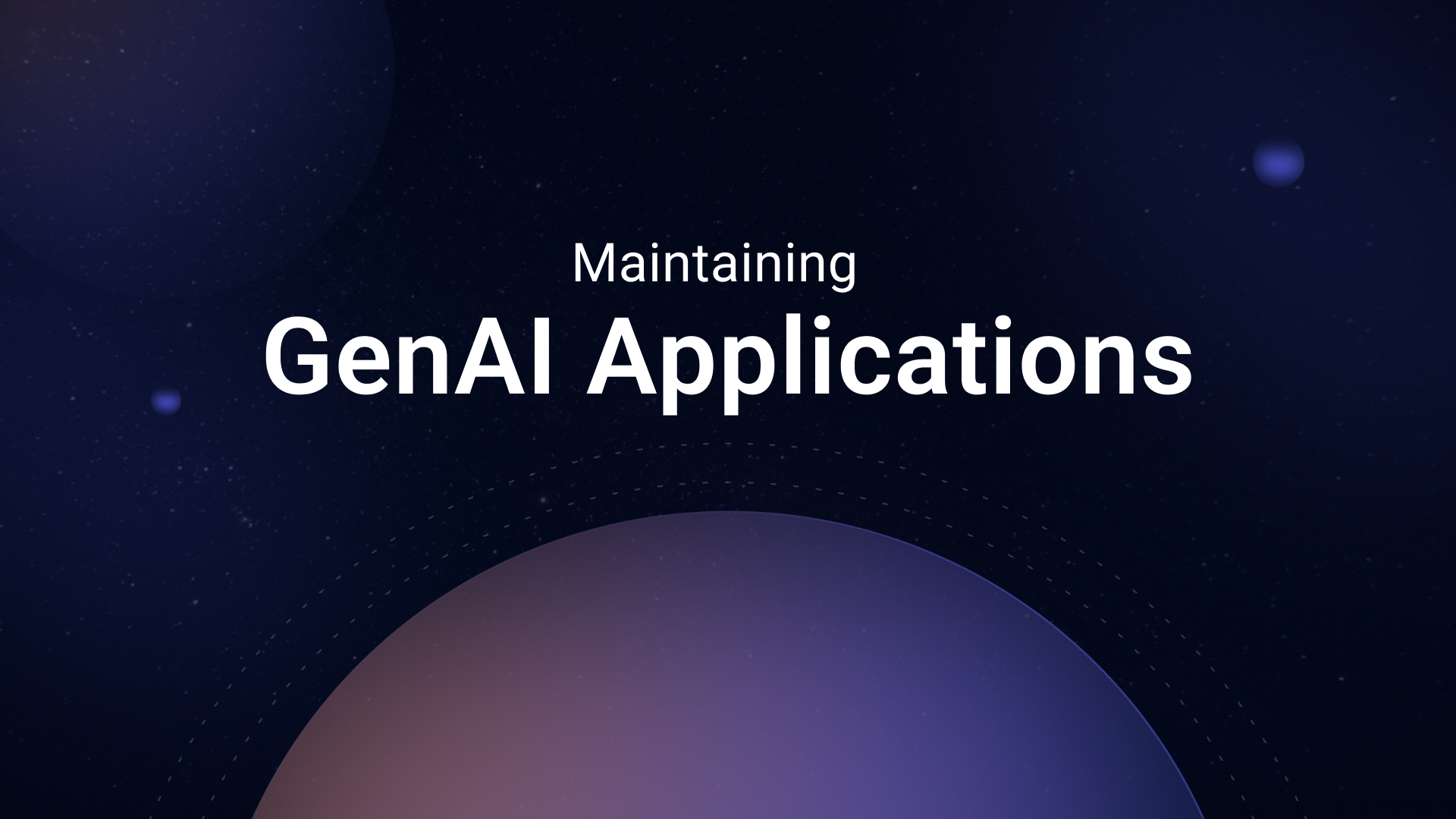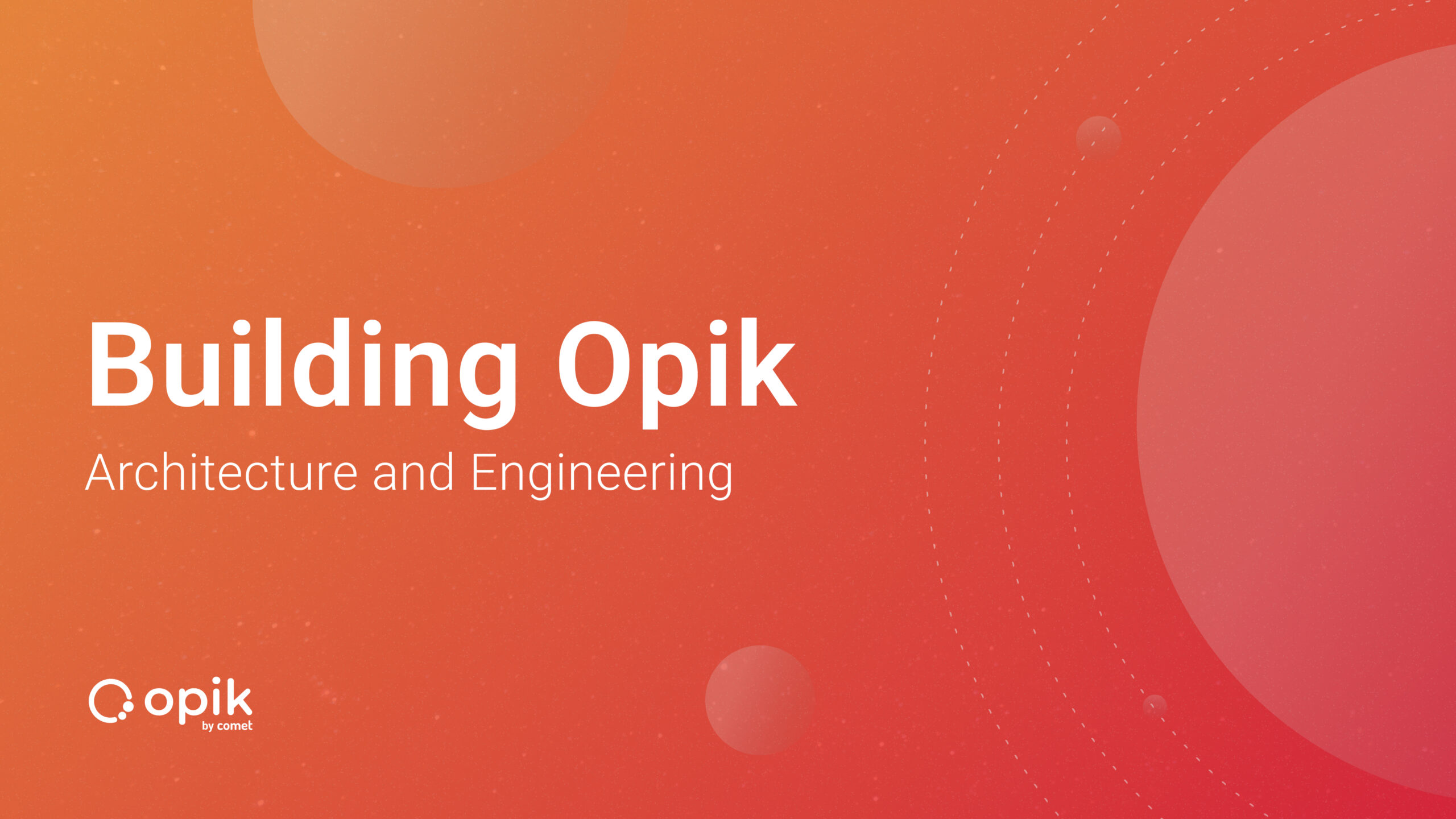Choosing the Right Prompt for Language Models: A Key to Task-Specific Performance
Imagine conversing with a language model that understands your needs, responds appropriately, and provides valuable insights. This level of interaction is made possible through prompt engineering, a fundamental aspect of fine-tuning language models.
By carefully choosing prompts, we can shape their behavior and enhance their performance in specific tasks. In this article, we will explore the strategies and considerations for selecting the most effective prompts, unlocking the full potential of language models in various applications.
Language models have revolutionized natural language processing, but their generic nature often falls short when applied to specific tasks. Prompt engineering comes to the rescue, allowing us to customize language models to excel in specialized domains, be it sentiment analysis, machine translation, or question answering.
Types of Prompts
Let’s dive into the different types of prompts commonly used in prompt engineering:
- Single-Sentence Prompts: This straightforward approach involves providing a concise statement or instruction to elicit the desired response. Single-sentence prompts are ideal for tasks that require short and direct answers, such as sentiment classification or text completion.
- Dialogue-Based Prompts: Sometimes, it’s essential to simulate a conversation with the model to mimic real-life interactions. Dialogue-based prompts allow us to construct multi-turn exchanges, enabling a more dynamic and context-rich experience. This format proves valuable in applications like chatbots, customer support systems, and virtual assistants.
- Cloze-Style Prompts: A cloze-style prompt involves presenting a partial sentence or a missing word for the model to complete. This approach tests the model’s ability to fill in the gaps and encourages it to generate coherent responses. Cloze-style prompts are commonly used in language modeling evaluations and language understanding tasks.
- Question-Answering Prompts: When extracting specific information or providing concise answers to questions is the goal, question-answering prompts are invaluable. By formulating questions that prompt models to retrieve relevant details from a given context, we can enhance their performance in information retrieval and question answering.
Each prompt type has merits and applications, and understanding their strengths allows us to choose the most appropriate format for our intended tasks.
Designing Effective Prompts
Now that we understand the different types of prompts available, it’s time to explore the art of designing effective prompts that empower language models to perform at their best. Crafting prompts that resonate with the task requirements and provide sufficient context is vital for achieving optimal results.
1. Considerations for Prompt Length and Complexity
When creating prompts, it’s crucial to strike the right balance between brevity and context. A concise prompt with essential information ensures that the model stays focused on the task without being overwhelmed by unnecessary details. On the other hand, an overly brief prompt might lack context, leading to ambiguous responses.
For instance, a simple single-sentence prompt like “Rate this product positively or negatively” effectively conveys the task in sentiment analysis. In contrast, a longer prompt such as “Considering your recent experience with our product, please share your thoughts on its quality, features, and overall satisfaction” could offer more context but may risk diluting the focus on sentiment classification.
2. Incorporating Context in Prompts
Language models thrive on context, and incorporating relevant context in prompts can significantly impact their understanding and subsequent responses. Including pertinent information from the task’s domain helps the model contextualize the input and generate more accurate and insightful outputs.
For example, providing the source language text alongside the prompt in machine translation can guide the model to produce more contextually appropriate translations. Similarly, in natural language understanding tasks, supplementing the prompt with sample inputs and expected outputs can aid the model in grasping the desired behavior.
3. Domain-Specific Prompts vs. General-Purpose Prompts
Another critical consideration is tailoring prompts to the specific domain of the task. Domain-specific prompts are fine-tuned for particular industries or subject matters, leveraging domain-specific terminology and patterns. These prompts can enhance the model’s expertise in specialized domains and ensure more accurate results within that context.
In contrast, general-purpose prompts are versatile and can be applied across various tasks and domains. These prompts are valuable when dealing with diverse or rapidly changing subject matters where fine-tuning for every specific domain may not be practical.
Choosing between domain-specific and general-purpose prompts depends on the nature of the task and the available resources. Combining general knowledge with task-specific cues, hybrid approaches can also yield promising results.
4. The Art of Framing Questions
How questions are framed in question-answering and information retrieval tasks can significantly impact the model’s performance. Clear and unambiguous questions lead to better responses and make identifying relevant information easier for the model.
For example, in a medical question-answering system, framing the question “What are the symptoms of COVID-19?” instead of “Tell me about COVID-19” provides a more explicit cue to the model, leading to more focused answers.
5. Account for Potential Ambiguity
Language is rife with ambiguity, and prompts must be designed to anticipate and address potential task ambiguities. Providing additional context or alternative phrasings can help the model disambiguate and generate more accurate responses.
In dialogue-based applications, for instance, incorporating context from previous turns can help avoid misunderstandings and maintain continuity in the conversation.
6. The Iterative Process of Prompt Refinement
Prompt engineering is not a one-size-fits-all process. It often involves an iterative approach of designing, testing, and refining prompts based on the model’s performance. Experimenting with various prompt designs and gathering feedback from real users can help identify areas of improvement.
The following section will explore how to tailor prompts for specific tasks, ranging from natural language understanding to question answering. The right prompt can make all the difference in unlocking the full potential of language models in various applications.
Tailoring Prompts for Specific Tasks
Now that we understand the principles of designing effective prompts, let’s delve into the exciting realm of tailoring prompts for specific tasks. Each application requires a unique approach to prompt engineering, and understanding these nuances is essential for achieving outstanding performance.
1. Natural Language Understanding (NLU) Tasks
NLU tasks aim to gauge the comprehension of language models by assessing their understanding of context, semantics, and sentiment. To tailor prompts for NLU, consider the following approaches:
- Contextual Examples: Include real-world examples relevant to the task, enabling the model to grasp the nuances of the target behavior.
- Variation in Expressions: Offer prompts with diverse expressions of the same intent to enhance the model’s ability to generalize across different phrasings.
- Multi-Turn Dialogues: Simulate conversations to assess the model’s contextual understanding and ability to maintain coherence across interactions.

2. Sentiment Analysis
Sentiment analysis revolves around determining the emotional tone of a text, whether it is positive, negative, or neutral. For this task, crafting prompts involves:
- Targeted Sentiments: Include specific keywords or phrases that reflect the desired sentiment to prompt the model accurately.
- Contextual Information: Provide relevant context about the subject matter to ensure the model’s sentiment analysis aligns with the appropriate context.
3. Machine Translation
In machine translation, the goal is to convert text from one language to another while preserving meaning. When designing prompts for this task:
- Bilingual Input: Present the source text in the original language to guide the model in generating contextually appropriate translations.
- Domain-Specific Vocabulary: Incorporate domain-specific terms to assess the model’s ability to handle specialized jargon.
4. Named Entity Recognition (NER)
NER identifies and classifies named entities (e.g., person names, locations, organizations) in text. To tailor prompts for NER:
- Annotated Examples: Present annotated text with marked entities to evaluate the model’s ability to recognize and classify them correctly.
- Ambiguous Entities: Include prompts with ambiguous entities to challenge the model’s disambiguation capabilities.
5. Question Answering (QA)
QA tasks involve answering questions based on a given context. When designing prompts for QA:
- Fact-Based Questions: Include questions that can be answered by extracting factual information directly from the context.
- Inference-Based Questions: Craft prompts that require the model to reason and infer answers from the context.
6. Image Captioning and Vision + Language Tasks
In tasks that involve processing both text and visual information, prompt engineering takes a unique turn:
- Visual Context: Combine image or visual input with text prompts to assess the model’s ability to comprehend and generate meaningful captions.
- Cross-Modal Understanding: Design prompts that encourage the model to effectively relate visual and textual cues.
By tailoring prompts to the specific requirements of each task, we can unlock the full potential of language models and create versatile and robust applications.
Hyperparameter Tuning for Prompts: Unleashing the Power of Model Configuration
Hyperparameters play a critical role in shaping language model behavior in prompt engineering. These settings govern how models process and generate responses; fine-tuning them can significantly impact performance. Let’s explore critical prompt-related hyperparameters and their influence on language model behavior.
1. Temperature and Sampling Strategies
- Temperature: Temperature is a hyperparameter used in temperature-based sampling techniques. Higher temperature values (e.g., 1.0) lead to more diverse and random outputs, while lower values (e.g., 0.5) make the model more focused and deterministic.
- Top-k Sampling: This strategy involves selecting the top-k most likely tokens from each step. By setting a value for k, we control the number of tokens considered, and higher values result in more randomness.
- Top-p (Nucleus) Sampling: Nucleus sampling involves selecting from the smallest set of tokens whose cumulative probability exceeds a predefined threshold (p). This technique ensures diversity while avoiding low probability and potentially nonsensical tokens.
# Temperature-based Sampling
temperature = 0.8
sample_output = model.generate(prompt_input, temperature=temperature)
# Top-k Sampling
k = 50
sample_output = model.generate(prompt_input, top_k=k)
In the first snippet, we demonstrate temperature-based sampling, where higher temperature values (e.g., 0.8) introduce more randomness in the output, while lower values (e.g., 0.2) make the model more focused. The second snippet showcases top-k sampling, where the model only considers the top-k most likely tokens at each step (e.g., k=50), ensuring controlled randomness in the generated responses.
2. Context Length and Window Size
- Context Length: In tasks that require understanding longer contexts, adjusting the context length becomes crucial. Longer contexts allow the model to consider more information but also increase computational demands.
- Window Size: When dealing with prompt-context interactions in dialogue-based prompts, choosing an appropriate window size defines how much context is used to generate responses. Striking the right balance between the prompt and context is essential for coherent and contextually relevant outputs.
# Configuring Context Length
context_length = 512
model.config.max_length = context_length
# Dialogue-Based Prompt Window Size
window_size = 100
prompt_with_context = dialogue_prompt + context_input[:window_size]
sample_output = model.generate(prompt_with_context)
In the first code snippet, we set the context length to 512 tokens, allowing the model to consider a longer context during response generation. In the second snippet, we demonstrate the window size for dialogue-based prompts, where we truncate the context input to a specific window size (e.g., 100 tokens) to balance context and prompt relevance.
3. Positional Encodings
Positional encodings help language models understand token positions in a sequence. Different positional encoding schemes, such as sine/cosine encodings or learned embeddings, can influence the model’s ability to consider the sequence order during response generation.
# Sine/Cosine Positional Encodings
class PositionalEncoding(nn.Module):
def __init__(self, d_model, max_len=512):
super(PositionalEncoding, self).__init__()
self.encoding = torch.zeros(max_len, d_model)
position = torch.arange(0, max_len).unsqueeze(1).float()
div_term = torch.exp(torch.arange(0, d_model, 2).float() * -(math.log(10000.0) / d_model))
self.encoding[:, 0::2] = torch.sin(position * div_term)
self.encoding[:, 1::2] = torch.cos(position * div_term)
def forward(self, x):
return x + self.encoding[:x.size(1), :]
# Usage
d_model = 768
max_len = 512
pos_encoding = PositionalEncoding(d_model, max_len)
input_sequence = torch.rand(1, max_len, d_model)
output_sequence = pos_encoding(input_sequence)
The code above defines a class for generating sine/cosine positional encodings. The PositionalEncoding module adds positional embeddings to the input sequence, enabling the language model to understand token positions in the sequence and consider the order of tokens during response generation.
4. Special Tokens and Control Codes
Adding unique tokens and control codes to prompts can be beneficial for guiding language models to perform specific behaviors or switch between different tasks or styles. These tokens provide explicit instructions to the model during fine-tuning and inference.
# Defining Special Tokens
special_tokens = {
"bos_token": "<BOS>",
"eos_token": "<EOS>",
"pad_token": "<PAD>",
"sep_token": "<SEP>",
}
# Adding Special Tokens to Tokenizer
tokenizer.add_special_tokens(special_tokens)
In this code snippet, we define special tokens, such as the beginning of the sentence (“<BOS>”), end of the sentence (“<EOS>”), padding (“<PAD>”), and separator (“<SEP>”). We then add these special tokens to the tokenizer, ensuring they are recognized and utilized during prompt engineering.
5. Prompts for Few-Shot Learning
For few-shot learning scenarios, prompt engineering extends to meta-training prompts’ design and configurations. The choice of prompts and how they represent tasks influence the model’s ability to adapt and generalize to new tasks with limited examples.
# Few-Shot Meta-Prompt
meta_prompt = "Given a product review, predict its sentiment."
examples = ["This product is fantastic (Positive)", "I'm disappointed with this item (Negative)"]
meta_prompt += " Example: '" + "', '".join(examples) + "'."
# Fine-Tuning on Few-Shot Learning Task
few_shot_task = tokenizer(meta_prompt, return_tensors="pt")
model_output = model(**few_shot_task)
In this example, we demonstrate a few-shot meta-prompt for sentiment analysis. The meta-prompt includes a task description and example instances. Using the provided prompt, the language model is then fine-tuned on this few-shot learning task.
The Power of Prompt Engineering in Shaping Language Model Intelligence
Prompt engineering has proven to be a game-changer in language models, unlocking their true potential and transforming them from generic text generators to task-specific, intelligent systems. By carefully considering prompt design, language models can now understand context, infer information, and provide valuable insights across various applications.
References
- Praveenr (2023) Named Entity Recognition(NER) Using ChatGPT
- Lawton (2023) Prompt engineering
- Swansburg (2023) The Right Way to Select the Best Prompting Strategy for Your LLM


